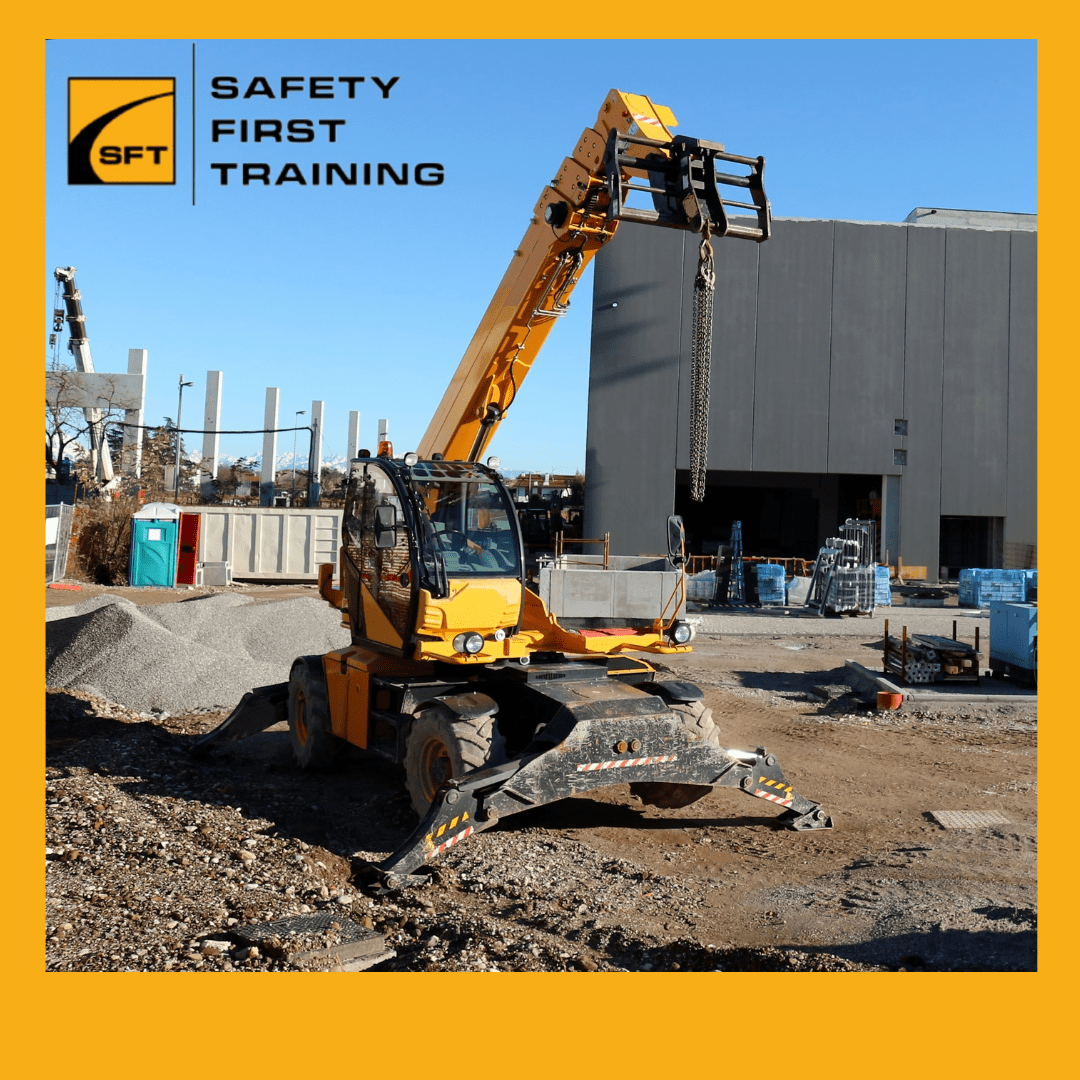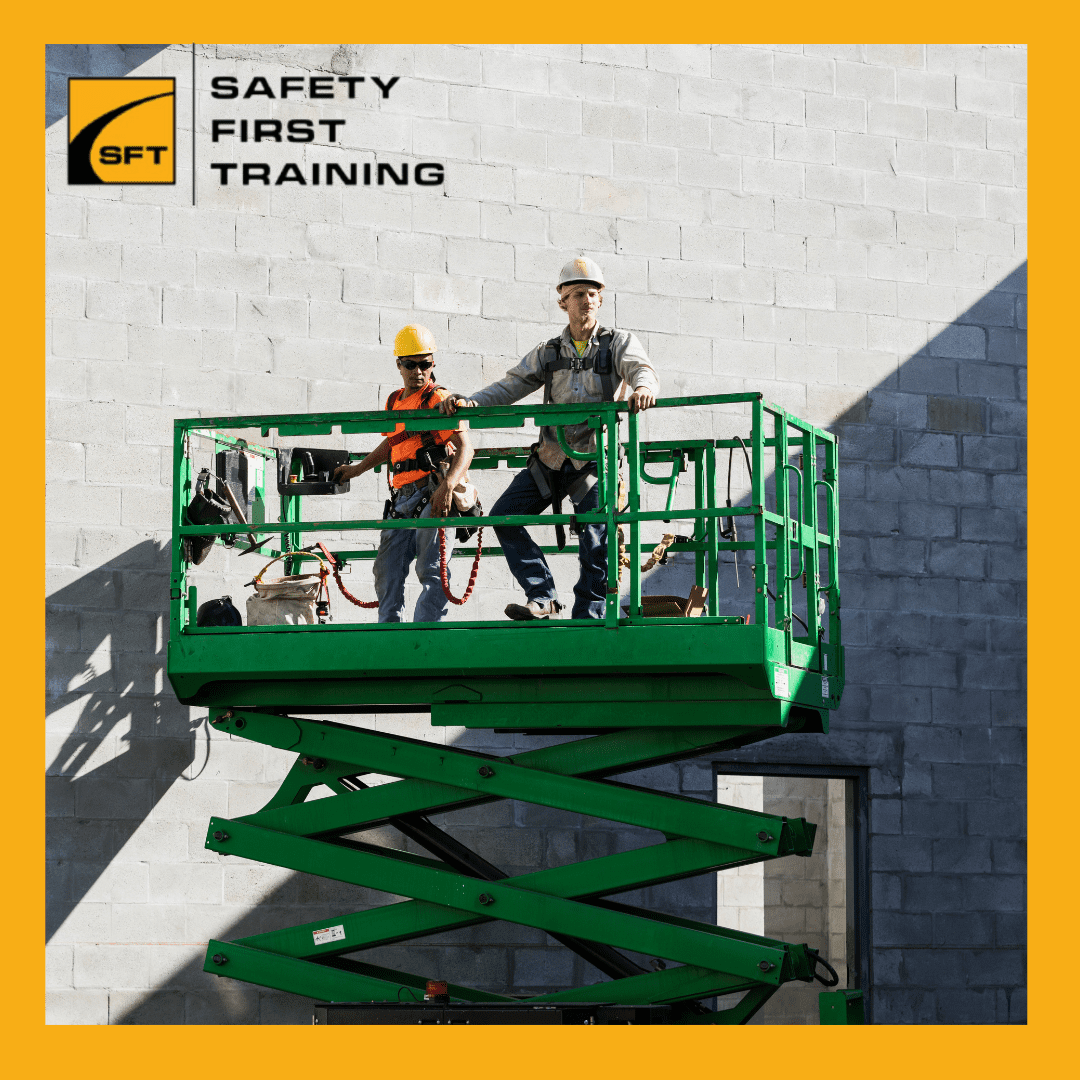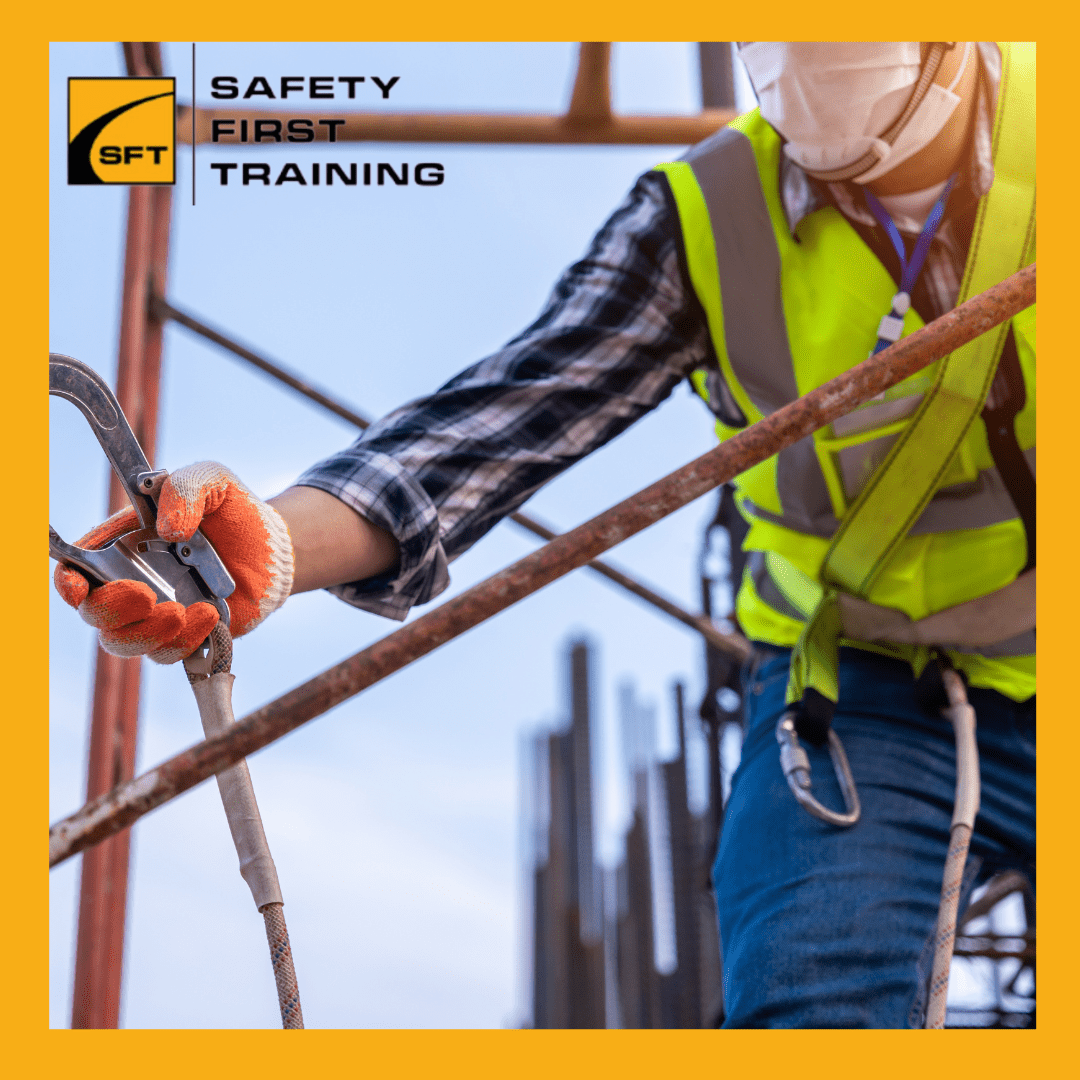TELEHANDLER TRAINING CERTIFICATION - SAFE OPERATION
The Telehandler Training and Certification course from Safety First Training is an OHSA based program that train the trainer in telehandler, also teaches pre-operation inspection, safe operation requirements including setup, operating and moving the machine along with hazard avoidance. Training is offered throughout Ontario including Toronto, Mississauga, Brampton, Markham, Vaughan, Richmond Hill, Oakville, Burlington, Hamilton, Pickering, Ajax, Whitby, Oshawa, Milton, Georgetown, Aurora, Newmarket, Caledon, Barrie, Guelph, Kitchener, Waterloo, Cambridge, St. Catharines, Niagara Falls, Peterborough, Orangeville, Grimsby, Brantford, Stratford, Simcoe, Woodstock, Collingwood, Orillia, Port Hope, Kawartha Lakes, and more.
We also offer Train the Trainer courses for Telehandler.
Telehandler Forklift Pricing - Special Discounts and Preferred Pricing Offered, Contact Us Directly
Telehandler Experienced Operators 3 – 5 hours
1-3 Participants: $829.00/Session
4-5 Participants: $1,199.00/Session
6-10 Participants: $1,539.00/Session
Telehandler New Operators 5 – 8 hours
1-3 Participants: $1,029.00/Session
4-5 Participants: $1,309.00/Session
6-10 Participants: $1,709.00/Session
Mixed Experienced Classes are also offered
Add: Telehandler Forklift Annual Inspection: $250 / Equipment
Duration
Up to 8 hours depending on participants' experience levels
Assessment
A passing grade of 75% is required in order to receive a certificate
Completion
Upon successful completion of this course, participants will receive a PDF wall certificate and PDF wallet card for their records
Telehandler Training and Certification Ontario
This Telehandler Training and Certification course identifies the knowledge, practical skills and evaluation requirements needed by telehandler operators. The practical evaluation requires the telehandler operator to demonstrate competency skill level equal or greater to the industry accepted measurements. This Telehandler Zoom Boom Operator Training and Lift Truck Training program is designed using the CSA B335-04 Safety Standard for Lift Trucks, the Ontario Regulation 851 for Industrial Establishments Program is designed using the CSA B335-04 Safety Standard for Lift Trucks, the Ontario Regulation 851 for Industrial Establishments and the Ontario Regulation 213/91 Construction Projects.
Course Outline - Telehandler Training and Certification:
Introduction
Related Government legislation
Telehandler Safety Video
Responsibilities of the workers, supervisors and employers
Pre-operational checks
Inspection, maintenance, and records
Lift capacity and load limitations
Stability principles
Safe operating procedures
Hazard identification
Fuel sources
Theory and practical training assessments
Telehandler forklifts are commonly used in a variety of industries in Ontario, including construction, agriculture, and manufacturing. These versatile machines can lift heavy loads to high elevations and move them horizontally, making them an essential tool for many tasks. However, operating a telehandler forklift requires specialized training and knowledge to ensure safety for both the operator, those working in the surrounding area, and overall Worksite Safety.
In Ontario, the Occupational Health and Safety Act (OHSA) requires that all workers who operate powered lift trucks, including telehandler forklifts, receive proper training and certification. This training should cover the safe operation of the machine, as well as important safety procedures such as inspecting the equipment before use and following proper lifting and moving techniques.
Proper telehandler forklift training can help prevent accidents and injuries in the workplace. This can include accidents such as tipping over due to an unbalanced load or colliding with other objects or people on the worksite. By understanding how to properly operate a telehandler forklift and follow safety protocols, operators can ensure that they are working safely and effectively.
In addition to the safety benefits, telehandler forklift training can also lead to increased productivity and efficiency on the job. A properly trained operator can work more quickly and effectively, completing tasks in a timely manner and reducing the risk of errors or accidents that could delay the work.
Telehandler forklift training is an essential component of worksite safety in Ontario. By ensuring that all operators are properly trained and certified, employers can optimize Worksite Safety and create a productive workplace for everyone involved.
Click here for Ontario Ministry of Labour Forklift inspection information.
Telehandler Forklift Train-the-Trainer Course
Our Train-the-Trainer certification course in Telehandler Forklift equips clients with the necessary skills to deliver OHSA-compliant safety training to their workforce. This method is a cost-efficient alternative to external training services. Participants will be trained to become proficient safety trainers in operating Telehandler Forklifts within their organizations.
Course Package Includes:
Professional Instruction Guide
Handouts for Course Participants
Evaluation Forms
Wall Certificate Template
Instructor's Presentation
Course Examination and Answer Guide
Supplemental Course Video
Wallet Card Template
Safety Tips for Telehandler Operation
Training Requirements
Participants are required to complete both theoretical and practical training on the specific telehandler model they will operate. This includes studying the operator’s manual, understanding the safety signs, and knowing the locations and functions of all safety controls.
Rules and Compliance
Operators must comply with the safety regulations set by their employer and local and provincial authorities before operating the telehandler.
Inspections and Functionality Tests
A thorough pre-operation inspection and functionality tests must be conducted at the beginning of each shift. Any issues or malfunctions must be reported immediately, and the machine should be decommissioned until repaired.
Workplace Hazard Assessment
Conduct a hazard assessment to identify risks like uneven terrain, unstable surfaces, overhead obstacles, and proximity to power lines before operating the telehandler. Develop a strategy to mitigate these risks.
Understanding Load Capacity
It's critical to never operate a telehandler without a visible and accurate load capacity chart. Ensure the load's weight and center of gravity do not exceed the specified maximums on the chart.
Handling Loads and Personnel
When lifting personnel or suspended loads, adhere strictly to provincial regulations and the manufacturer’s guidelines.
In the Operator's Cab
Always wear a seatbelt and ensure you are seated properly with easy access to controls. Adjust mirrors to maximize visibility before moving the telehandler.
Stability Precautions
Maintain the stability of the telehandler by keeping the center of gravity within the stability triangle. Ensure the chassis is level when handling loads and keep the boom low during transit.
Tipping and Safety Protocols
In case of tipping, remain in the cab with your seatbelt fastened, brace for impact, and avoid jumping out.
Safety First – Always!
Consistently:
Follow the safety regulations set by your local and provincial Occupational Health and Safety authorities.
Read and adhere to your employer's health and safety procedures.
Review and comply with the operator’s and manufacturer’s manuals for all equipment.
Wear the correct Personal Protective Equipment (PPE).
Observe and adhere to the specified lifting capacities and warning signs on equipment.
Perform inspections before shifts and at startup, including visual checks.
Report any missing or malfunctioning equipment or safety devices immediately.
Regularly test all equipment to verify it is in good working condition.
Avoid potentially dangerous areas, such as steep inclines and areas with drop-offs.
Only use the equipment for its intended purpose as designed.
Ensure you are adequately trained and authorized to operate the equipment.
Course Duration:
The course may last up to 8 hours, with the actual time-varying based on the experience levels of the participants.
Assessment Criteria:
Participants must achieve a minimum score of 75% to pass and receive certification.
Certification Details:
After successfully finishing the course, participants will be awarded a PDF wall certificate and a PDF wallet card to document their achievements.
Click here for an Online course for Telehandler Training and Certification
Click here for a Telehandler Training and Certification video




